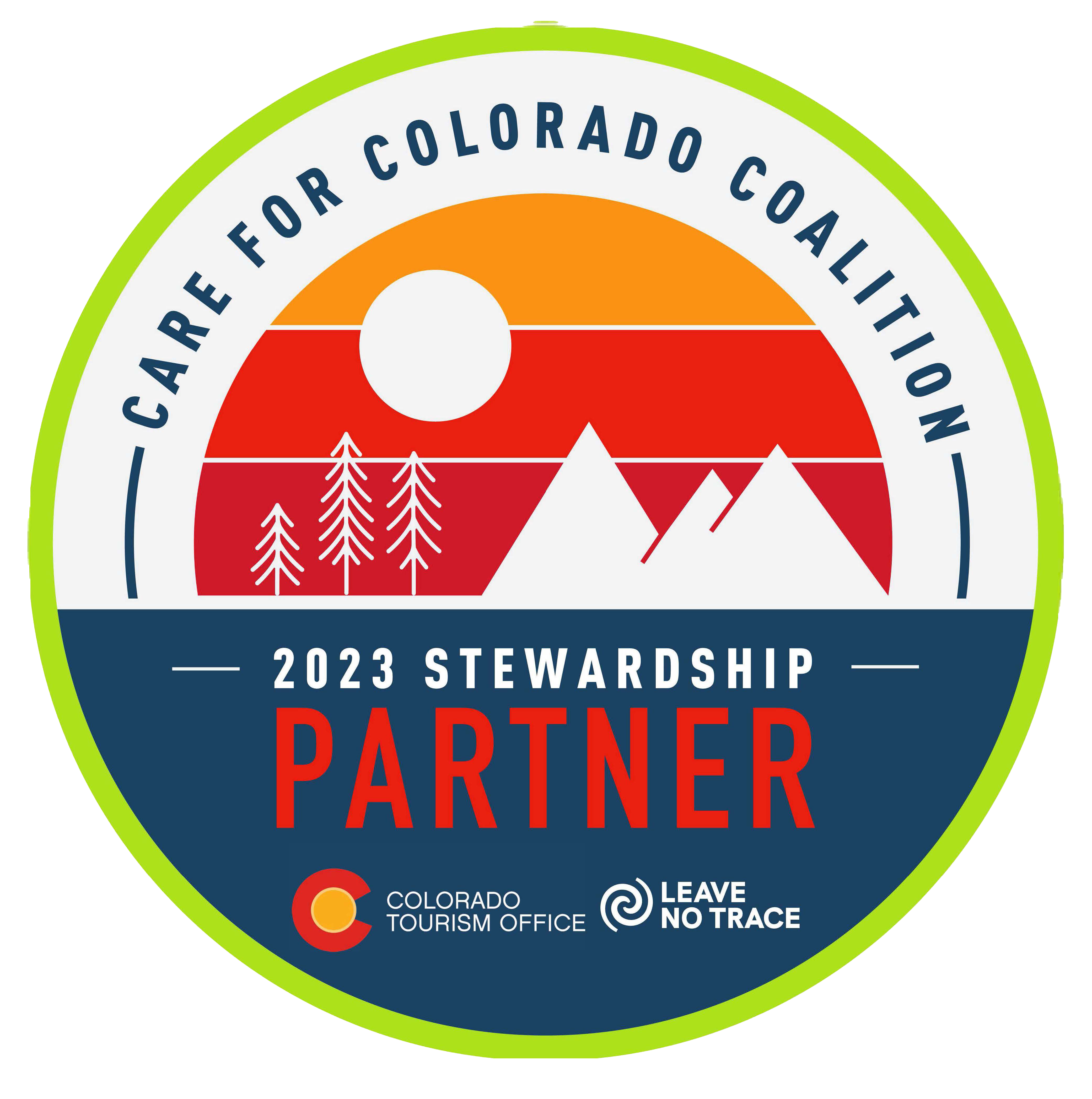Length: 2.5 Miles Round Trip
Difficulty: Medium to Moderate
Driving Instructions
From Alamosa, at the junction of Highways 17 and 160. North on 17 for 13.1 miles, turn right (East) at the sign for Great Sand Dunes, 16 miles straight to junction of CO 150, left (North) to Park. OR, take Hwy 160 East 15 miles to sign for Great Sand Dunes. Turn left on CO 150 for 20 miles to Park. (This route takes you by historical markers for Zebulon Pike’s expedition in 1807 as well as the turnoff for Zapata Falls road). Trailhead Parking Main Dune Parking Lot - 1/2 mile past Visitors Center. Left turn down road to parking lot. Overflow parking is along road.
Terrain
If Medano Creek is flowing, there will be wet sand and stream water from several inches to over 12” deep with surge flow. After crossing the creek bottom, the terrain is all sand on varying degrees of slope. In winter, the hike could include snow.
Seasons
Great Sand Dunes National Park is open 365 days a year. Heavy winds or thunderstorms are the only limiting factors.
Water/Bathrooms
Water is available at the Visitors Center store. Food is available at the Sand Dunes Oasis. Bathrooms are at the Visitors Center and the Main Dune Parking Lot. Check for seasonal hours. HINT - Bring your own water and food as a backup.
Pleasures and Perils
Hiking and playing on the dunes is a wonderful experience. Views across the dune fields and into the high mountains over 13,000 feet (4,000 meters), often snowcapped, are a unique experience like nothing else in the US. It is a day at the beach and a day in the mountains! Skiing, sand boarding, using saucers, and running down the steeper slopes are all part of dune fun. Sandboards can be rented from Kristi Mountain Sports, Sand Dunes Recreation or the Sand Dunes Oasis. The dunes are shaped by wind, which can be strong and cause discomfort to exposed skin, eyes, nose, and face. On sunny days, the sand surface temperatures can reach over 140 degrees and burn bare feet. Sand will get into shoes and everything else you may be wearing. Protect cameras, phones, and anything that sand can damage.
Significance
These are the highest dunes in North America. The dunes are a scientific wonder for weather, geology, biology, and history. There are species of animals that live nowhere else. From watching the surge flow in Medano Creek, to watching sand grains blow across the surface and constantly erase footprints, the dunes provide both a playroom and a classroom.
Trail Notes
When Medano Creek is running, expect wet feet. Bring towels and dry shoes and socks. In May through September, if hiking in the mornings, the sun will heat up the sand. Wear shoes to avoid burning feet. If feet are burning, dig into sand below hot surface temperatures to cool off skin and try walking on shadier side of dunes if possible. There is a fee to enter into the Great Sand Dunes National Park. Pets are allowed. Remember, if the sand is hot for your feet, it is for your dog’s paws too!







